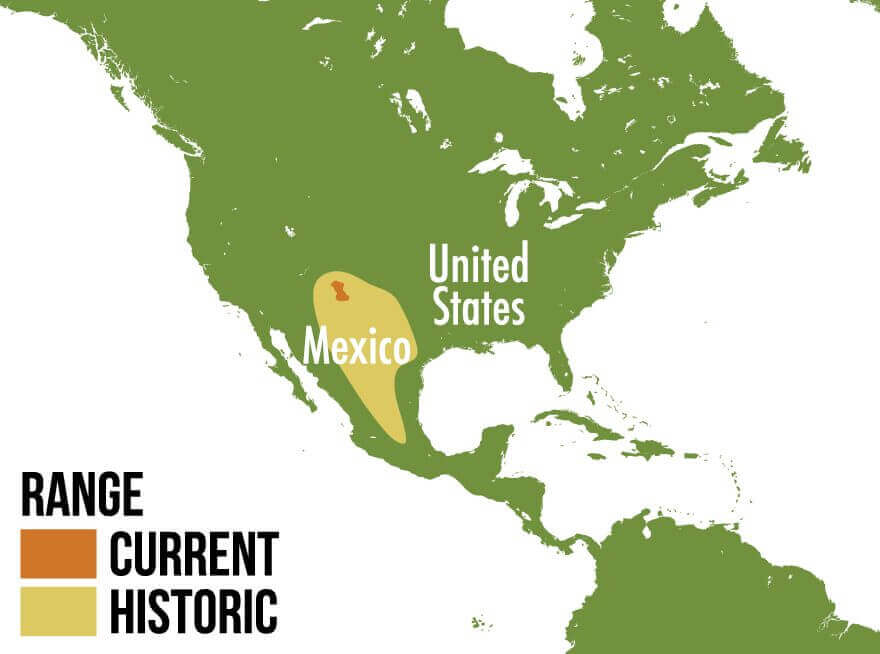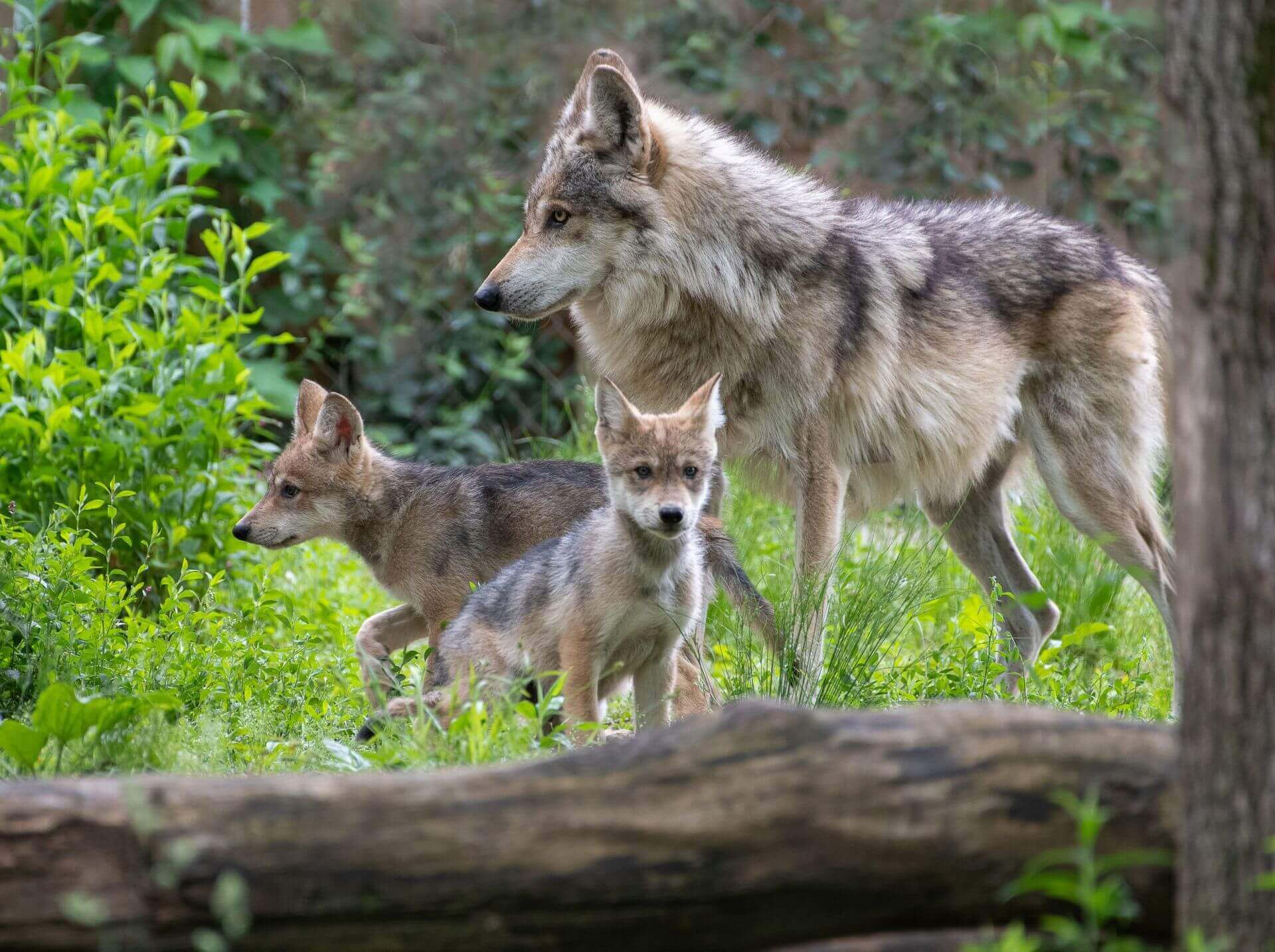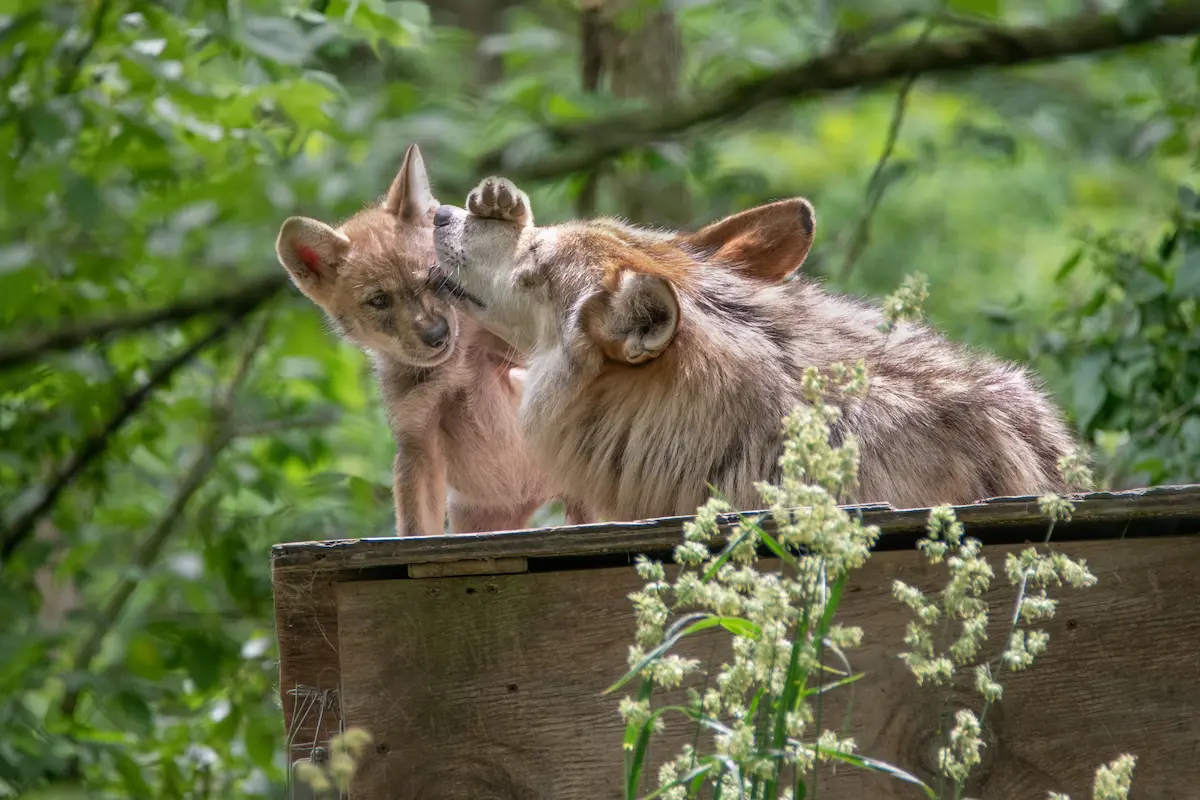Mexican
Wolves
Did you know? All Mexican wolves alive today can trace their roots back to the Endangered Wolf Center.
Fostering Mexican Wolves into the Wild at our Center
LEFT IN THE WILD
Pups fostered to the wild from our center
Meet Our Mexican Wolves
The Mexican wolf is a highly family-oriented animal and irreplaceable “top dog” in the ecosystems in some of the Americas’ last great wildernesses. The more we know about these keystone species and the role they play in the wild, the more we understand just how much the wild needs wolves.
Read their story
The Wild Needs Mexican Wolves
Debunking the Myth of the Big, Bad Wolf
“From the Brothers Grimm to Disney, folklore makes wolves seem like villains, when historically, the wolf has been revered by early humans as skilled hunters and for the way wolves care for their families. The shift to fear and misunderstanding came about as people became more sedentary and shifted from hunters and gatherers. As our world became more industrialized and technologically advanced, we also became less in tune with nature, forgetting its importance to our health. This is why the Endangered Wolf Center’s efforts to bring the community closer to nature creates environmental stewardship for generations to come. This will not only help the wolves and wildlife but will benefit humans as well by creating a healthier environment.”



